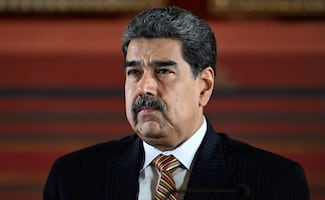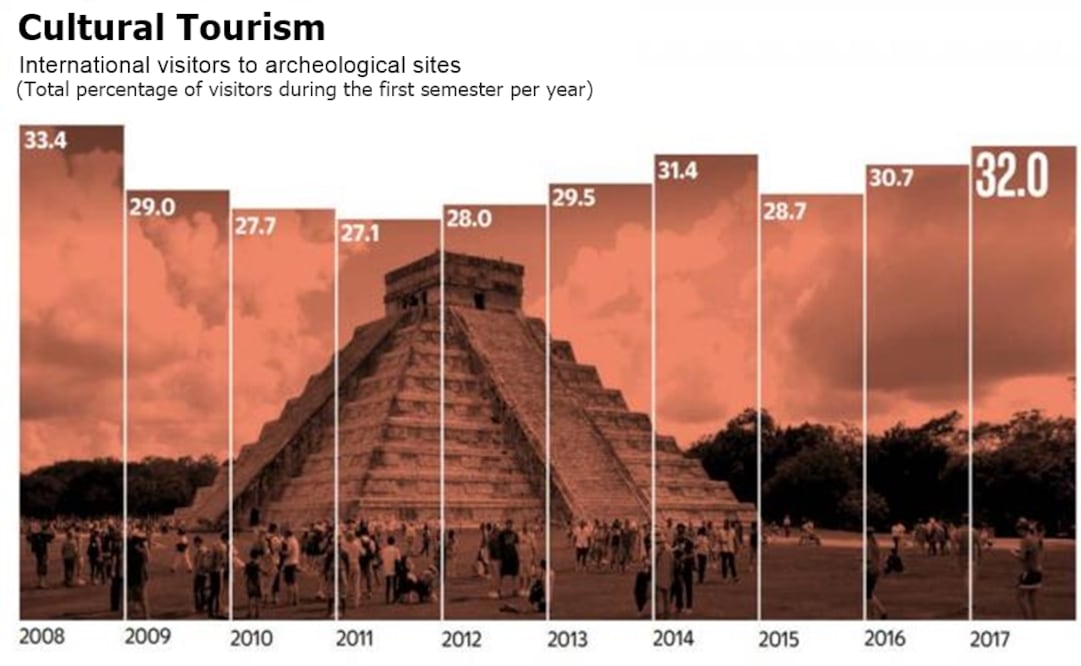Más Información

Nicolás Maduro dio pasaportes diplomáticos a narcos y facilitó aviones para lavar dinero hacia México; de esto lo acusa EU

Captura de Maduro es "un paso importante, pero no suficiente"; Edmundo González llama a una transición democrática real
Since 2008, international tourism in Mexican territory didn't have a significant contribution to archeological sites – which need to offer a fuller experience to seek more profits.
The National Institute of Anthropology and History (INAH) reported 8 million 224 thousand visitors at archeological sites during the first half of the year, out of which 2 million 635 thousand were foreigners.
The above represents a 32% of international contribution – the greatest percentage in nine years for the first semester.
Mexico has more than 2 thousand archeological sites, yet only 187 are open to the public under the supervision of the INAH, 365 days a year.
In Cozumel, Quintana Roo, the Prehispanic settlement of San Gervasio is the archeological zone receiving most international visitors, with a ratio of 9 out of 10.
Cobá
, also located in Quintana Roo, is a Mayan site where 7 out of 10 visitors are foreigners.
Tulum
, the most emblematic symbol of the Quintana Roo shoreline, only receives 6 out 10, similarly to Chichen Itzá , in Yucatan.
Francisco Madrid, director of the Faculty of Tourism and Gastronomy of the Anáhuac University, said a percentage of foreigner contribution regarding the total number of visitors is overestimated, given that Mexican citizens have free entrance to all archeological sites managed by the INAH on Sundays.
The expert says it's likely that foreigners visitors to archeological sites continue to increase in the next years, but they will not exceed national tourism.
“Beyond trying to gain more tourists, archeological sites should aim to offer a fuller experience to travelers, or offer more experiences to generate more profits,” he said.
He also mentioned that the high ratio of tourists in San Gervasio is due to the arrival of cruise passengers at the area, which is a vital cruise port, according to the Florida-Caribbean Cruise Associasion
The World Tourism Organization estimates that 37% of international travelers engage in a cultural activity during their trips.
According to the Mexican Secretary of Tourism, culture is the fourth main motivation for international tourists and cultural trips tend to be longer than recreational ones.
am
Noticias según tus intereses
[Publicidad]
[Publicidad]












